5 Things to Know About Your Benefits
Many of us have extended health benefits these days, but we often underutilize them. That’s why we’re bringing you the 5 most important things to know about your benefits!
Hidden Benefits
Insurance is an evolving industry and it’s up to you to make sure you capture all the benefits of your plan! One option that gives people a lot of flexibility in usage falls under Health and Wellness Benefits. It is often referred to as a Health Spending Account or Wellness Spending and can typically be used for regular benefits that might be lacking in your general plan or even for things like bicycles and other equipment to use at home. Check your policy to see if you have this benefit to take advantage of funds to support your health!
Classifications: Physiotherapy benefits aren’t just for traditional physical therapy. Did you know that our Strength and Balance Exercise Class qualifies as a Physiotherapy expense? Medical Acupuncture and Dry Needling also fall under the Physiotherapy umbrella as opposed to the Acupuncture category because you’re receiving them as part of our Physiotherapy treatments.
Want to know more about these gems? Ask our knowledgeable admin staff!
Direct Billing
When you have a health care provider direct bill your insurance plan, this is called an Assignment of Benefits. Most plans have this option but it’s a nasty surprise if you’re expecting it to be direct billed but find out that you’re not eligible!
There are a few reasons you might have to pay out of pocket. These include:
The office you’re attending doesn’t have an agreement with your insurance provider to direct bill.
You have a prescription requirement that hasn’t been approved/submitted.
Your policy only covers a partial amount (some plans pay by percentage, other’s pay a fixed amount per visit).
Your policy simply doesn’t allow it according to the plan details.
Pooled Benefits
Insurance plans come in all shapes and sizes. An important detail to look for in your plan is about paramedical benefits (typically: massage therapy, physical therapy, acupuncture) and how they are categorized. You might have a plan that gives you one pool of funds covering multiple disciplines, or you might receive individual allotments for each type of these paramedical benefits.
Benefits Renewal Dates
Did you know that not all insurance plans renew January 1? Although it is the most common start date, some plans have a different benefit year. The second most common renewal is July 1 but if it’s a personal plan that you signed up for, your renewal date reflects what month you started signed up for your plan. Make sure you’re getting the most out of your benefits by checking your renewal date! You should be able to find this on your benefit card or on your online account. When in doubt, ask your insurance provider!
Coordinating Your Benefits
This is the hardest part of having multiple insurance plans. ‘Coordination of Benefits’ is understanding which insurance company pays first when submitting a claim. In this section we’ll give you some general guides for figuring it out but if you’re ever unsure of how to coordinate your benefits, the best plan is to ask your insurance provider.
You might be covered under your own plan (this makes you the insured member) or under a spouse or parent’s plan (this makes you the dependent). Typically plans that list you as an insured member will be considered primary and plans that list you as dependent will be primary. If you have two plans of the same membership type (i.e. both list you as dependent), the decision comes down to a timeline factor. Here are 3 of the most common situations:
Situation: You have two plans, one through your office and one through your spouse.
Answer: Your plan will always be primary because you’re an insured member.
Situation: You are a young adult and covered by two plans, one from each parent.
Answer: Whichever parent is born first will be your primary plan. Note: If you become a student or get a plan of your own through work or an insurance provider, that plan will become your first payor. Your eldest parent’s plan will become your second payor and your youngest parent’s plan will become the third payor to submit to.
Situation: You have two plans and are listed as insured member on both.
Answer: Whichever plan you have held the longest will be considered your primary plan.
Prescription Requirements
Some plans for physiotherapy or massage have a physician’s prescription requirement. This means that before you can be reimbursed by your insurance, you need to show them a prescription from your doctor stating that it’s needed.
For some companies, such as Greenshield, Sun Life, Manulife, and Canada Life, we can enter the prescription information for you in the direct billing software. Other companies, such as Alberta Blue Cross, will need to submit it on your own.
Since we don’t know which plans need a prescription and which ones don’t, we always advise you to check your plan details (either online, through your HR department, or in your welcome packet) to see if you need one. No one likes to be surprised by a Claim Denied notice!
We hope this insurance expertise has been a handy lesson for you! Remember, the best advice when it comes to extended health benefits is to know your plan. Our admin team is always striving to help with insurance billings and questions but insurance providers give us limited information to protect your privacy.
If you have questions about your insurance options, contact us today!
Written by: Ronnie, Administrator


